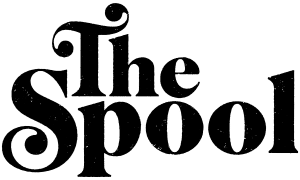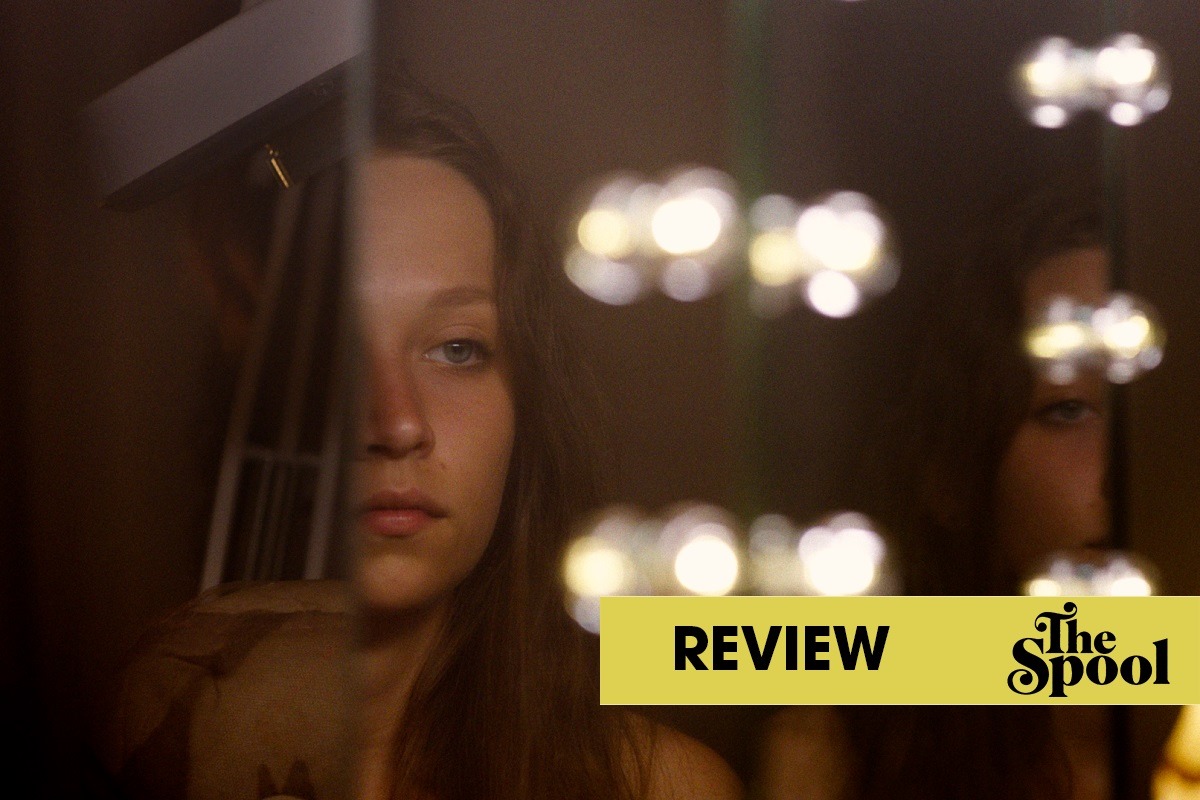Claire Oakley’s feature debut blurs the line between supernatural dread and human drama to make for a quiet queer indie.
(This review is part of our coverage of this year’s SXSW Film Festival. While the festival itself is canceled, we’re still providing remote reviews for some of the independent offerings the festival would have had.)
At first, it feels apparent what kind of movie Make Up, a feature from writer/director Claire Oakley, is going to be. A young woman named Ruth (Molly Windsor) moves to a small seaside community to be with her boyfriend, Tom (Joseph Quinn). But thanks to a long red hair found on her boyfriend’s pillow, she soon suspects that Tom is cheating on her. From there, she starts to experience a number of strange occurrences, including shrieks in the night, that indicate that something dastardly afoot in this little island community.
Some of the most unnerving moments of Make Up come from its subtle use of sound, especially in how Oakley’s script emanates noises from unknown locations. The age-old approach of “what you don’t see is scarier than what you do see” makes the viewer just as uncertain of what’s going on as Ruth. But the mystery begins to vanish once the script’s actual trajectory becomes clearer. This is normally where many horror movies begin to trip up, since the reveals can never measure up to what we make up in our imagination.
Both the set-up and Oakley’s filmmaking see Make Up putting on its best Arthouse Horror suit. Meanwhile, early scenes depicting a character navigating weirdness in an isolated seaside locale evoke The Wicker Man. Such influences make it seem obvious where exactly Make Up is going, especially given Oakley’s talents at emulating and building upon modern, artsy horror. Her measured camerawork and skillful use of eerie sound effects work isn’t just good mimicry of other titles like It Follows or It Comes at Night; it’s also thoroughly impressive in its own dreamy right.
[Windsor’s] performance, like Make Up as a whole, serves as the umpteenth piece of proof that thoughtful drama and good horror are not mutually exclusive.
Make Up, on the other hand, sidesteps this by constantly tethering its tension to reality. Without fully giving away the twists, Make Up starts out as an arthouse horror film before turning into something more akin to Desert Hearts or But I’m a Cheerleader. The thriller aspects remain in place, but they start coming more from the pressure of gender roles rather than the supernatural. It’s the kind of twist that deepens rather than detracts, with previous scenes (especially one with Ruth being fixated on pictures of scantily-clad women in her boyfriend’s workplace) now taking on a whole new context.
Subsequent viewings of Make Up will likely reveal the quieter ways Oakley pulls off this transition from a vaguely-defined horror film to an intimate queer drama. Windsor’s superb lead performance subtly communicates Ruth’s sense of dread at first before giving way to more intriguing layers as the nature of her predicament becomes clearer. The performance, like Make Up as a whole, serves as the umpteenth piece of proof that thoughtful drama and good horror are not mutually exclusive.

